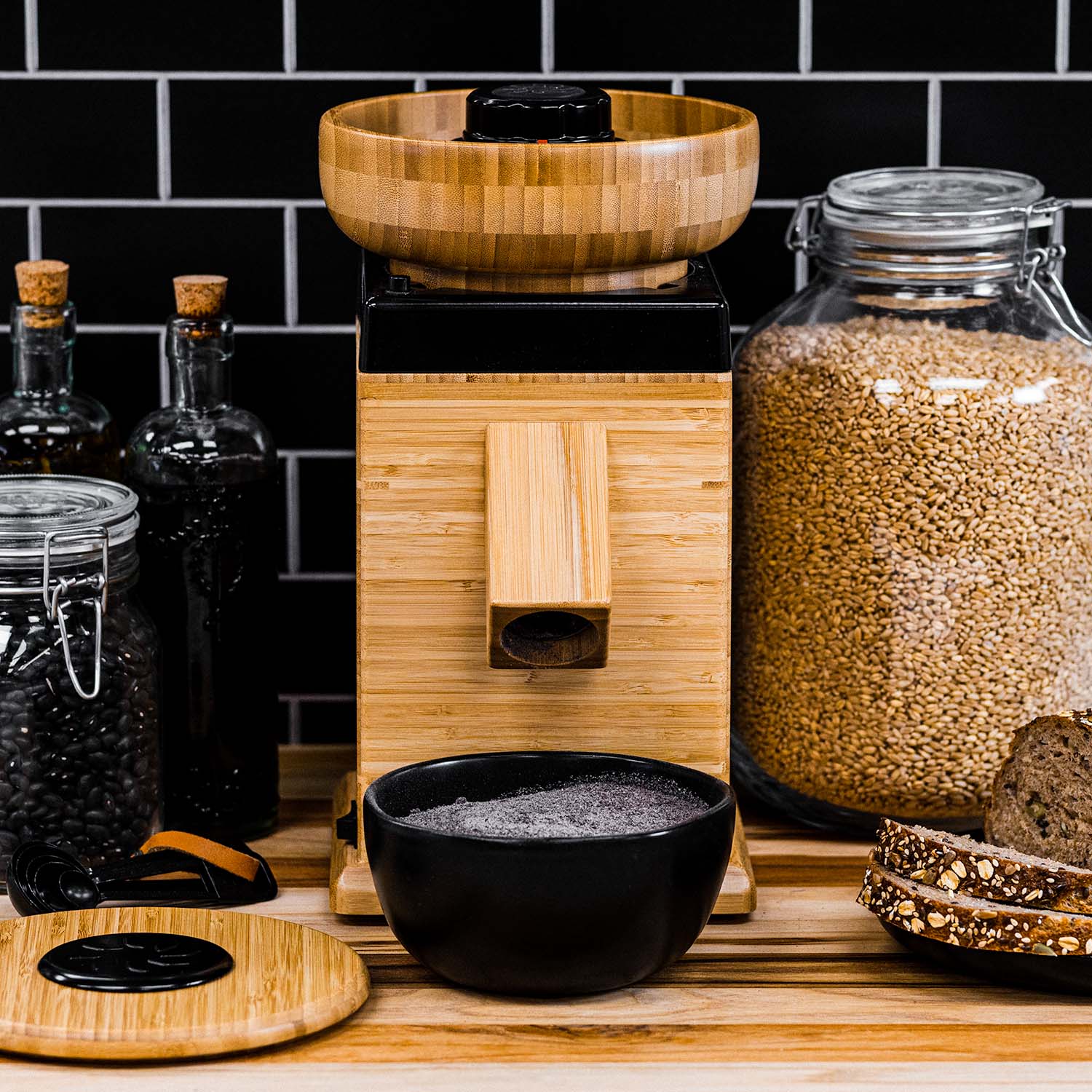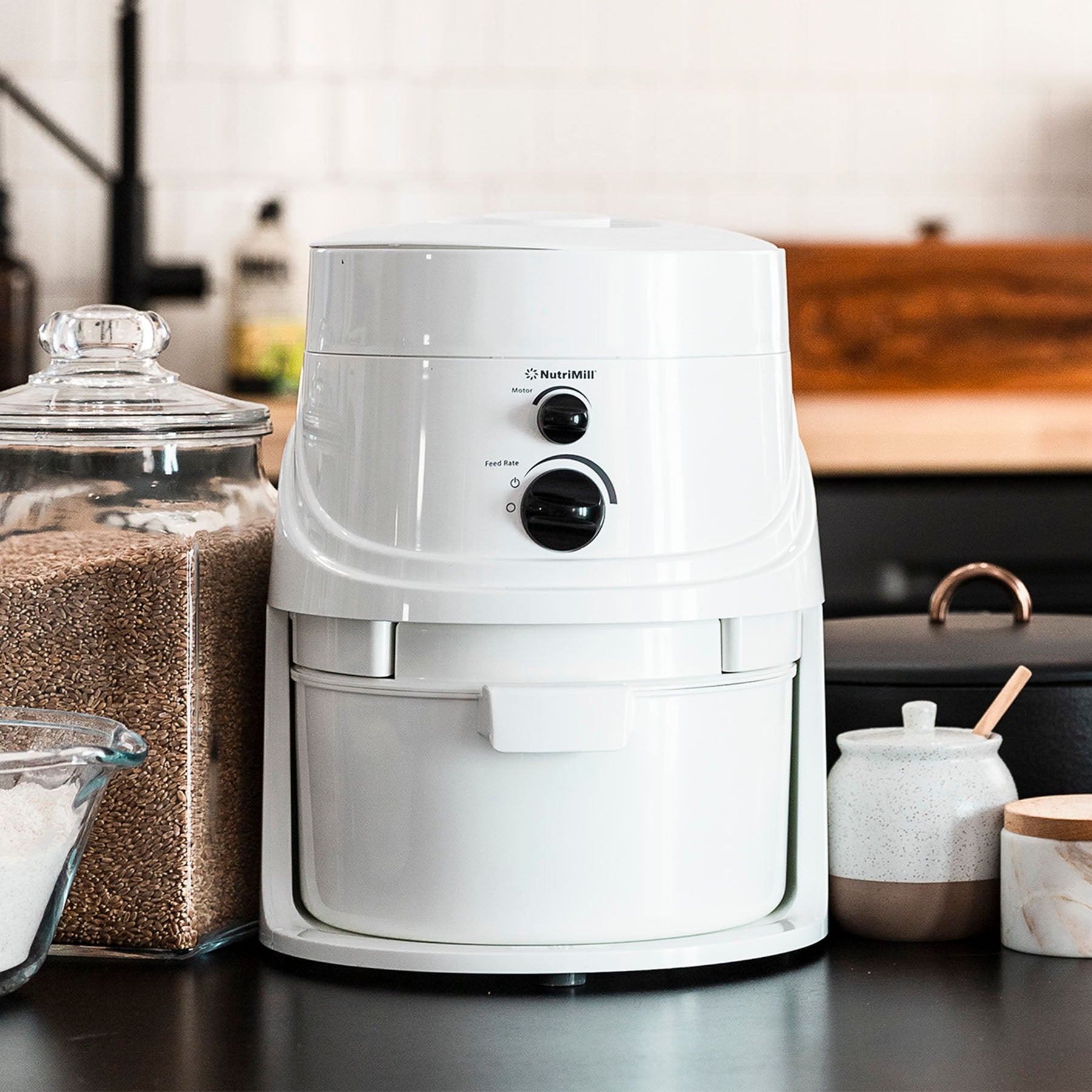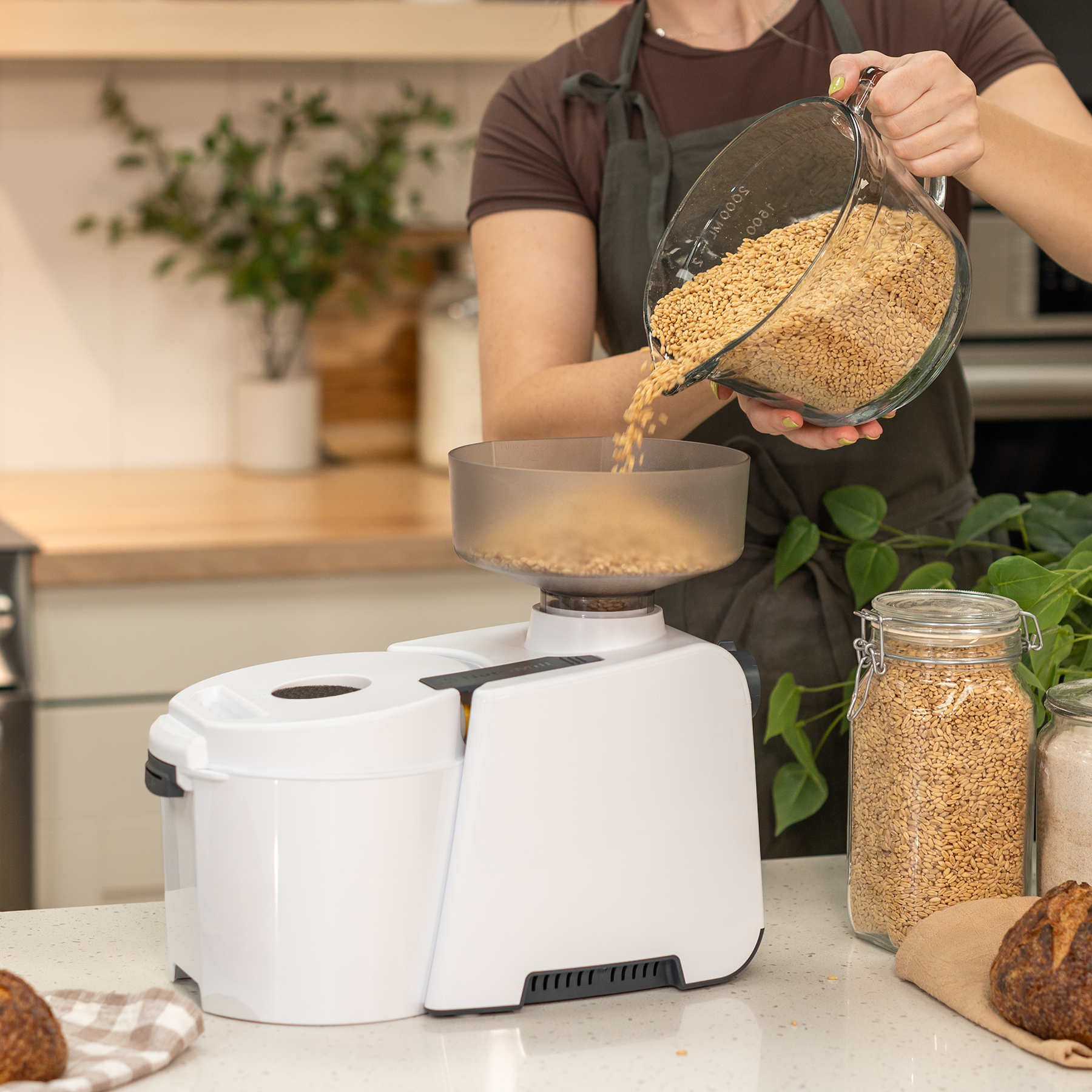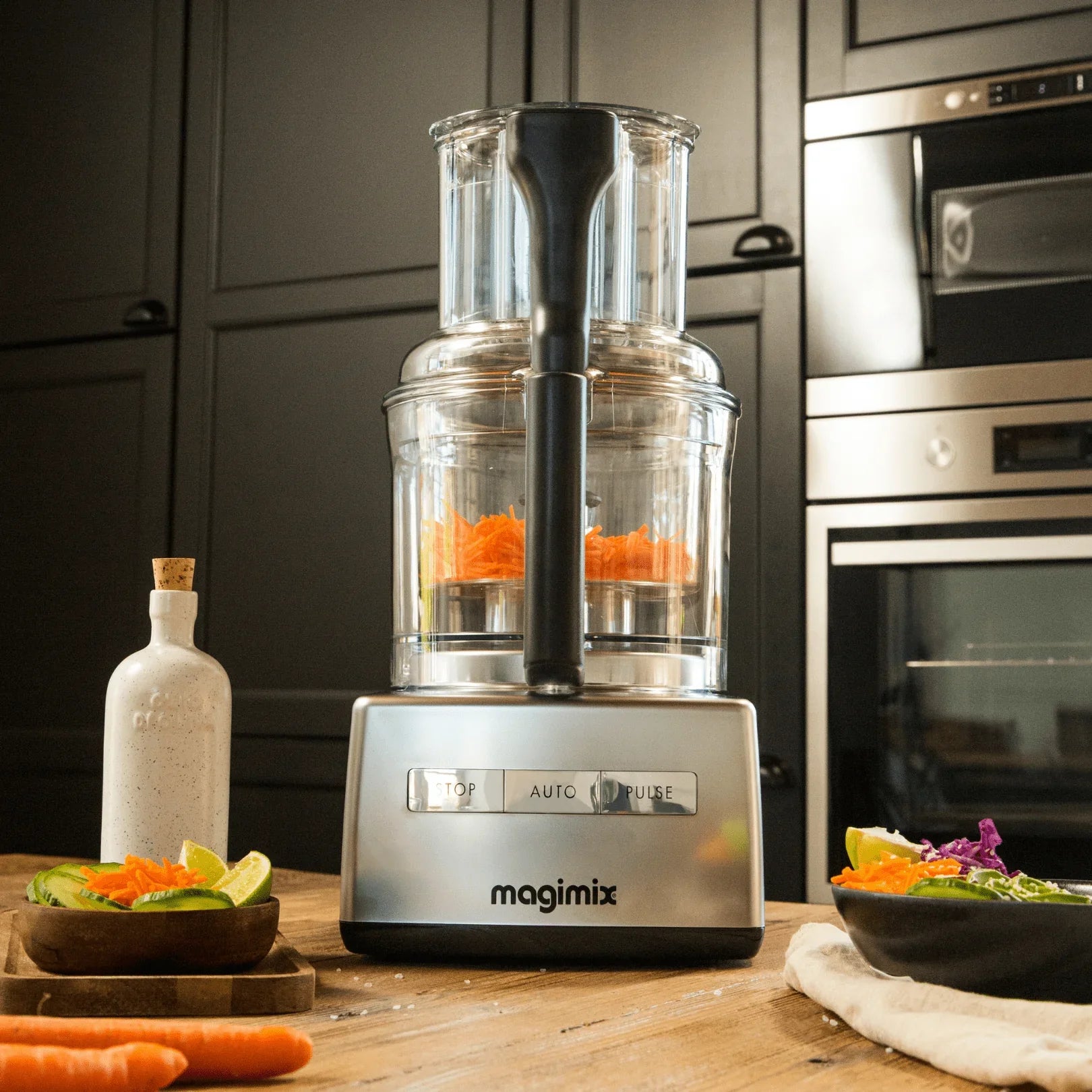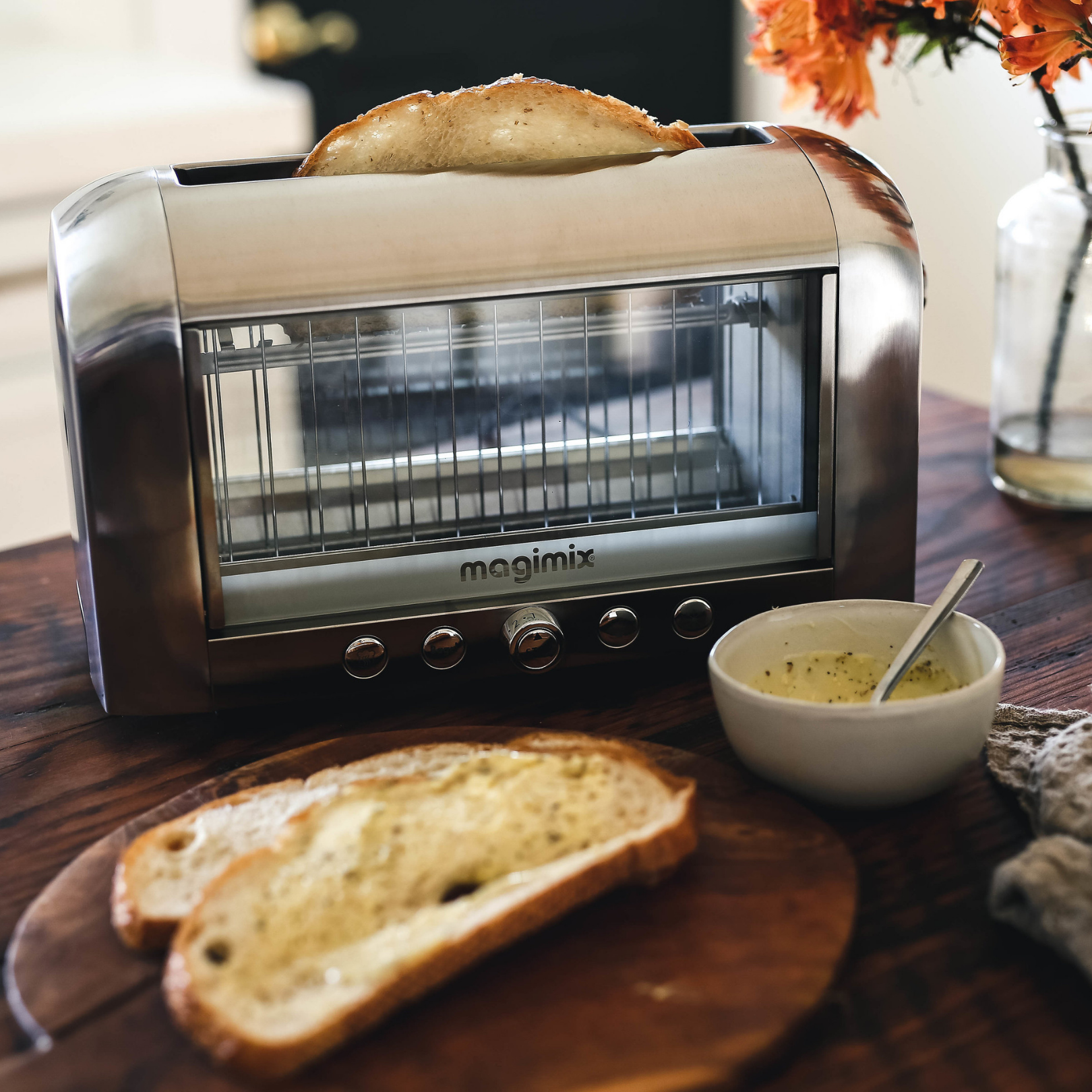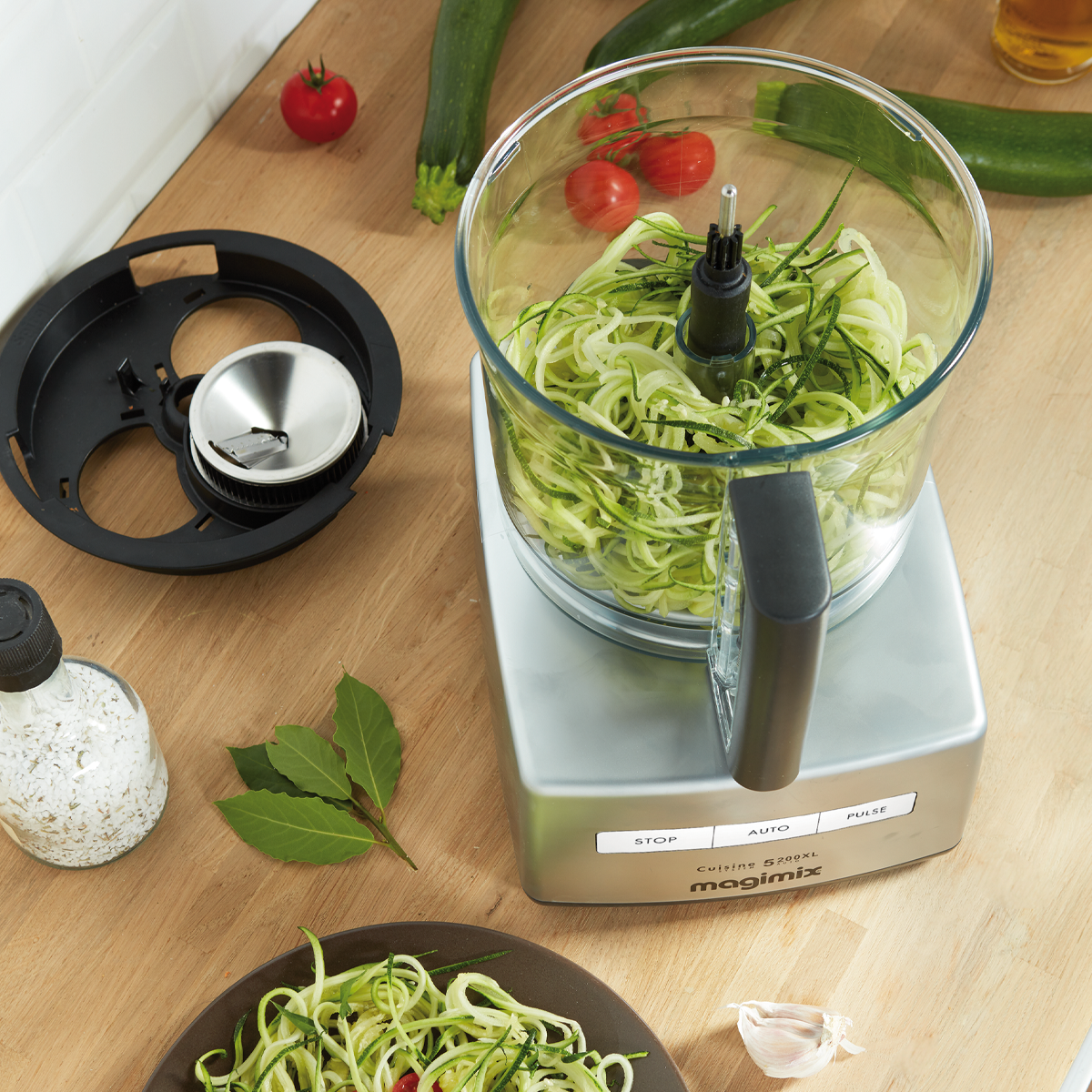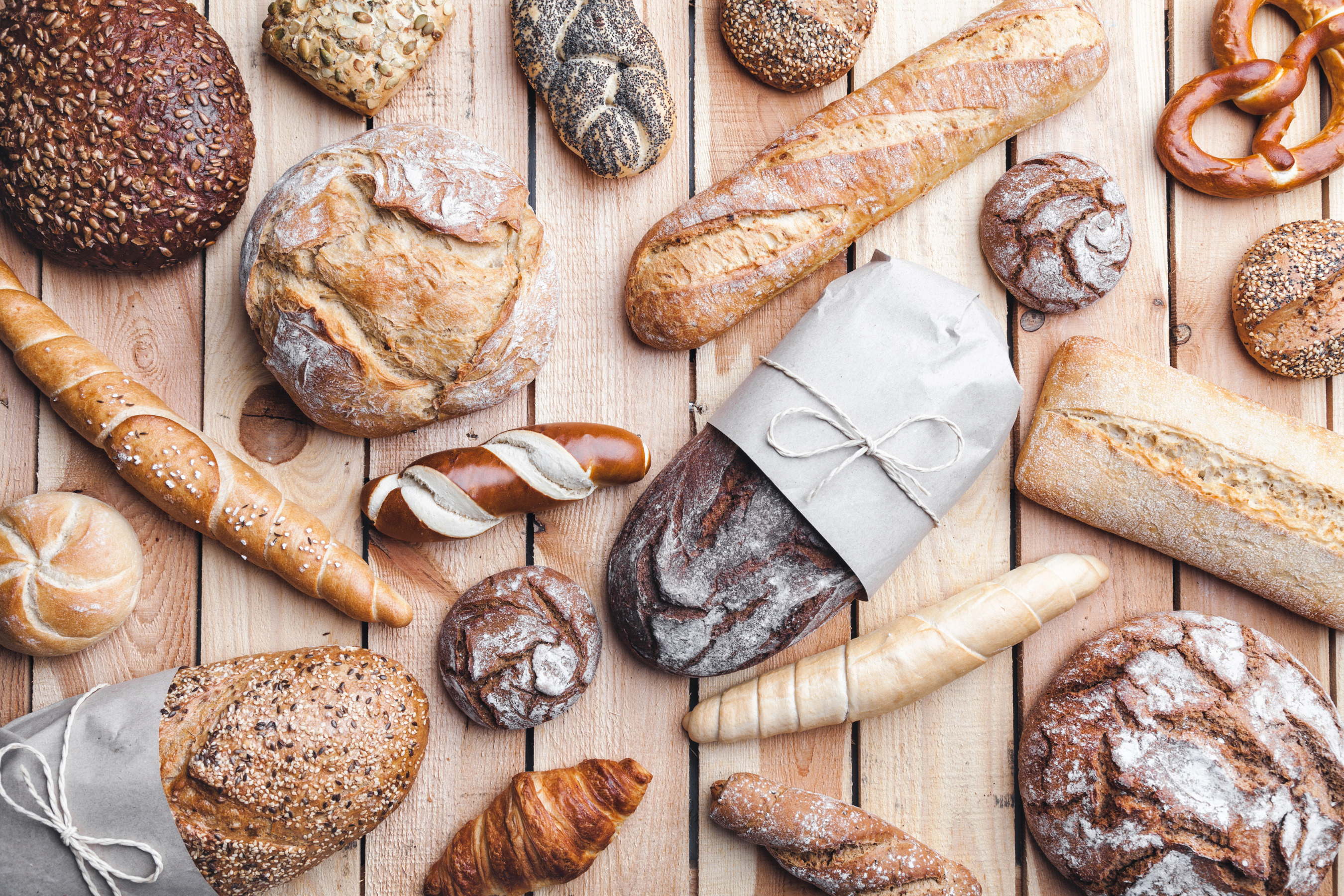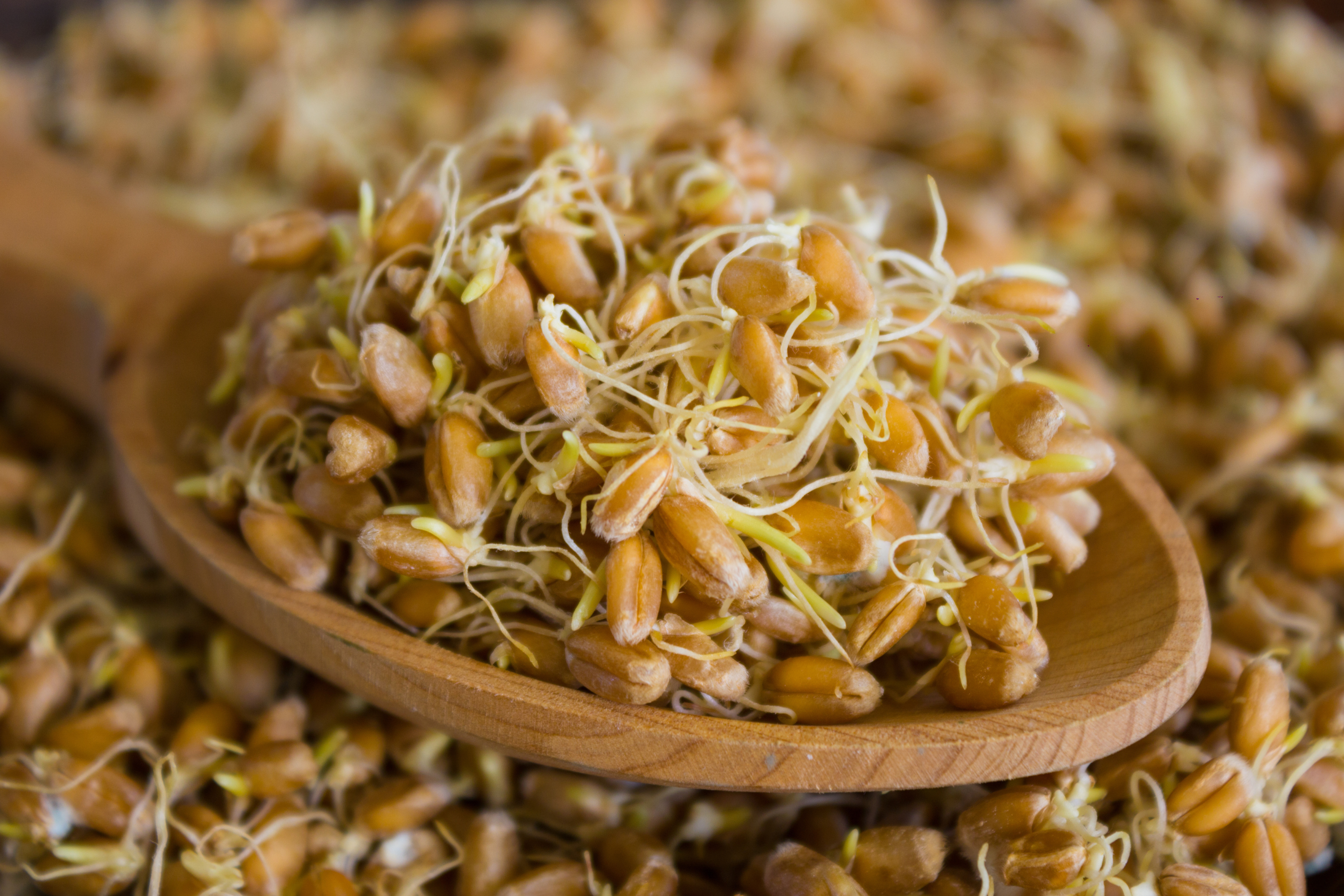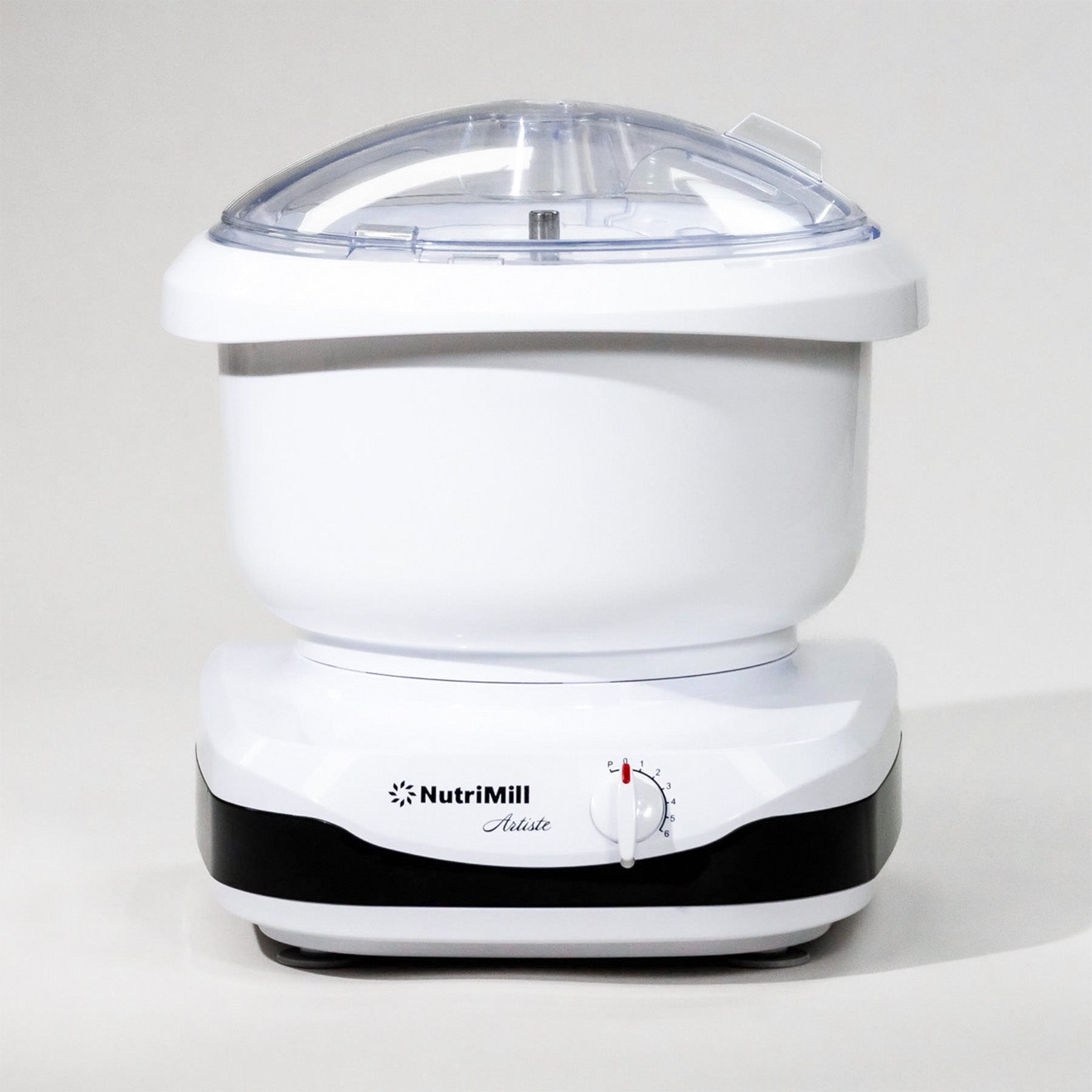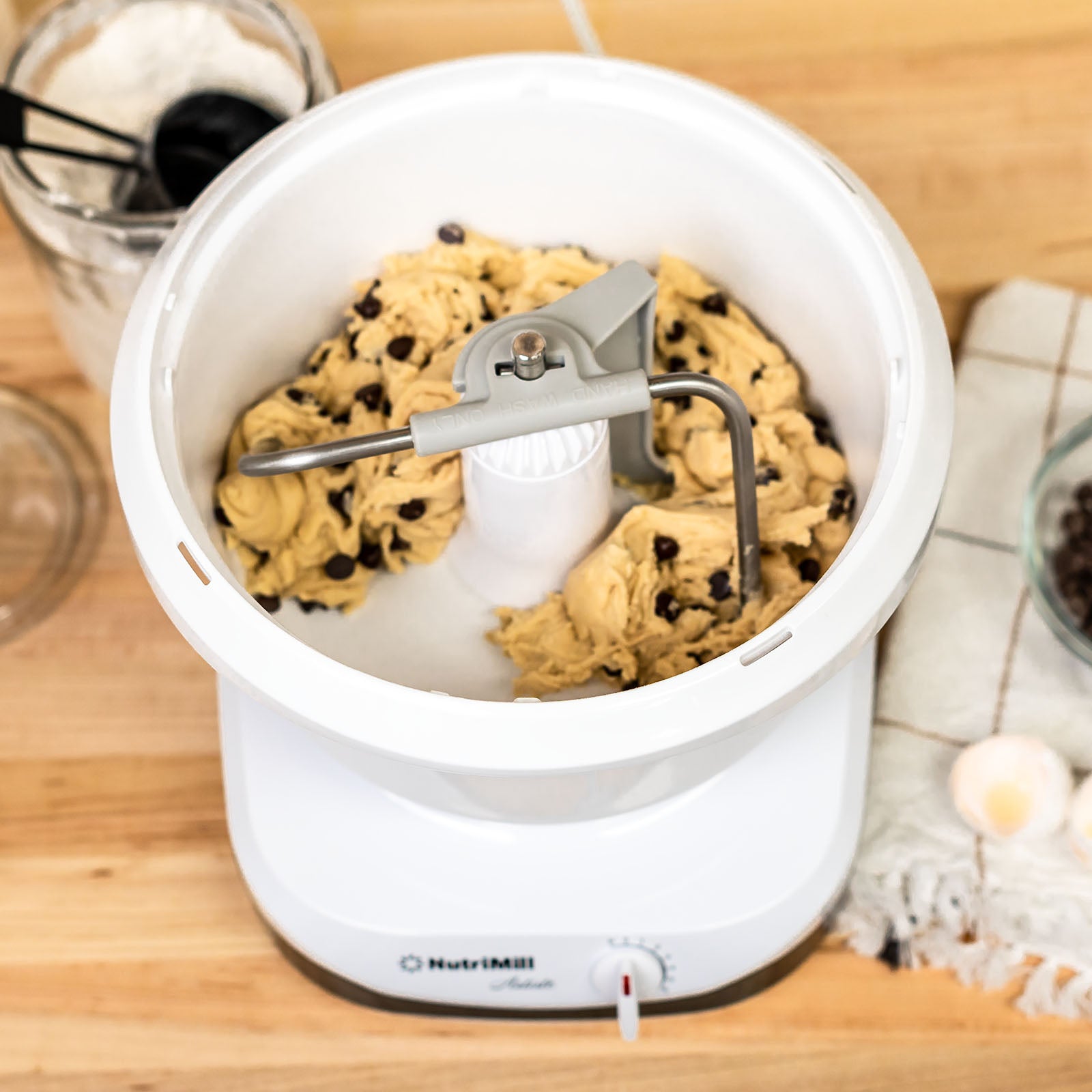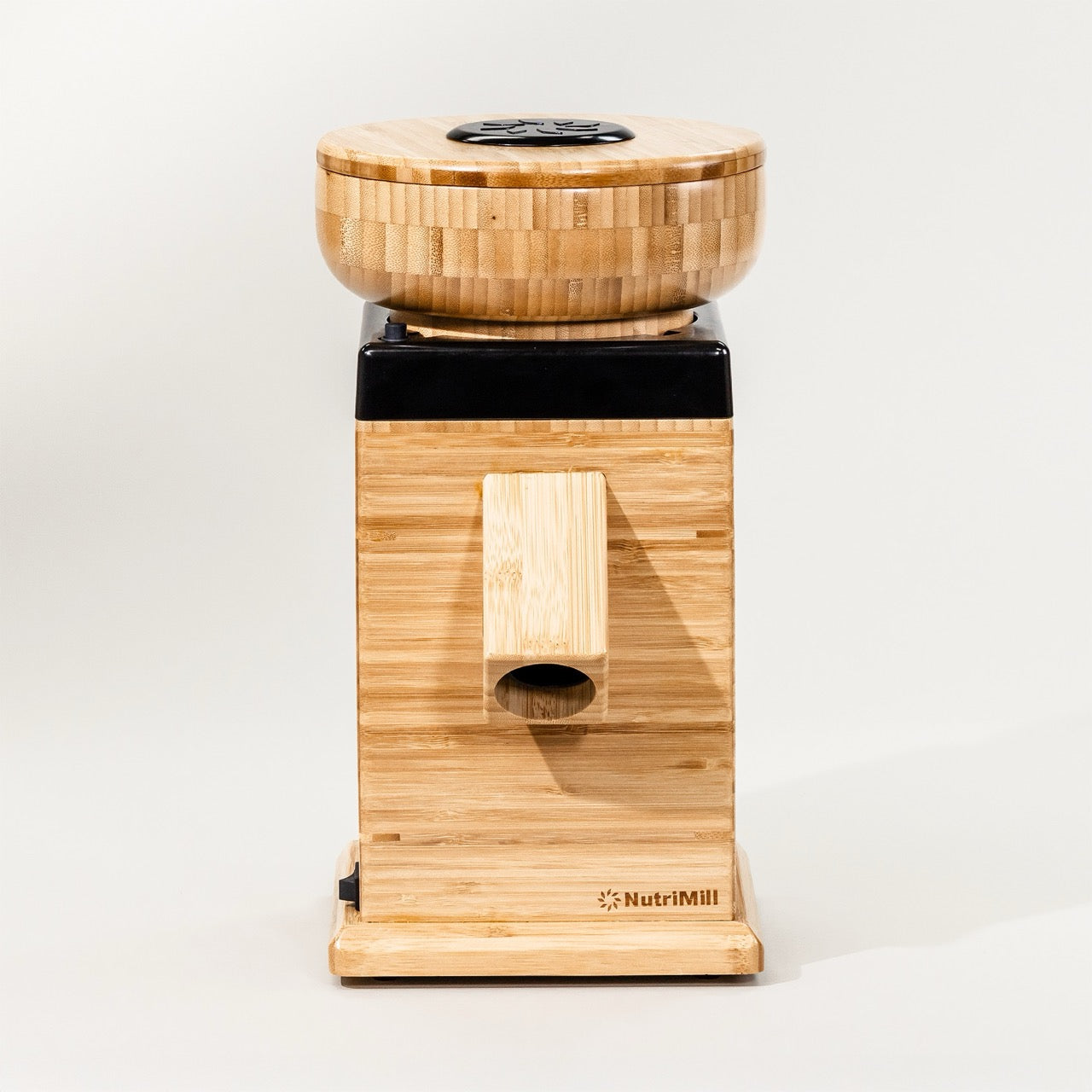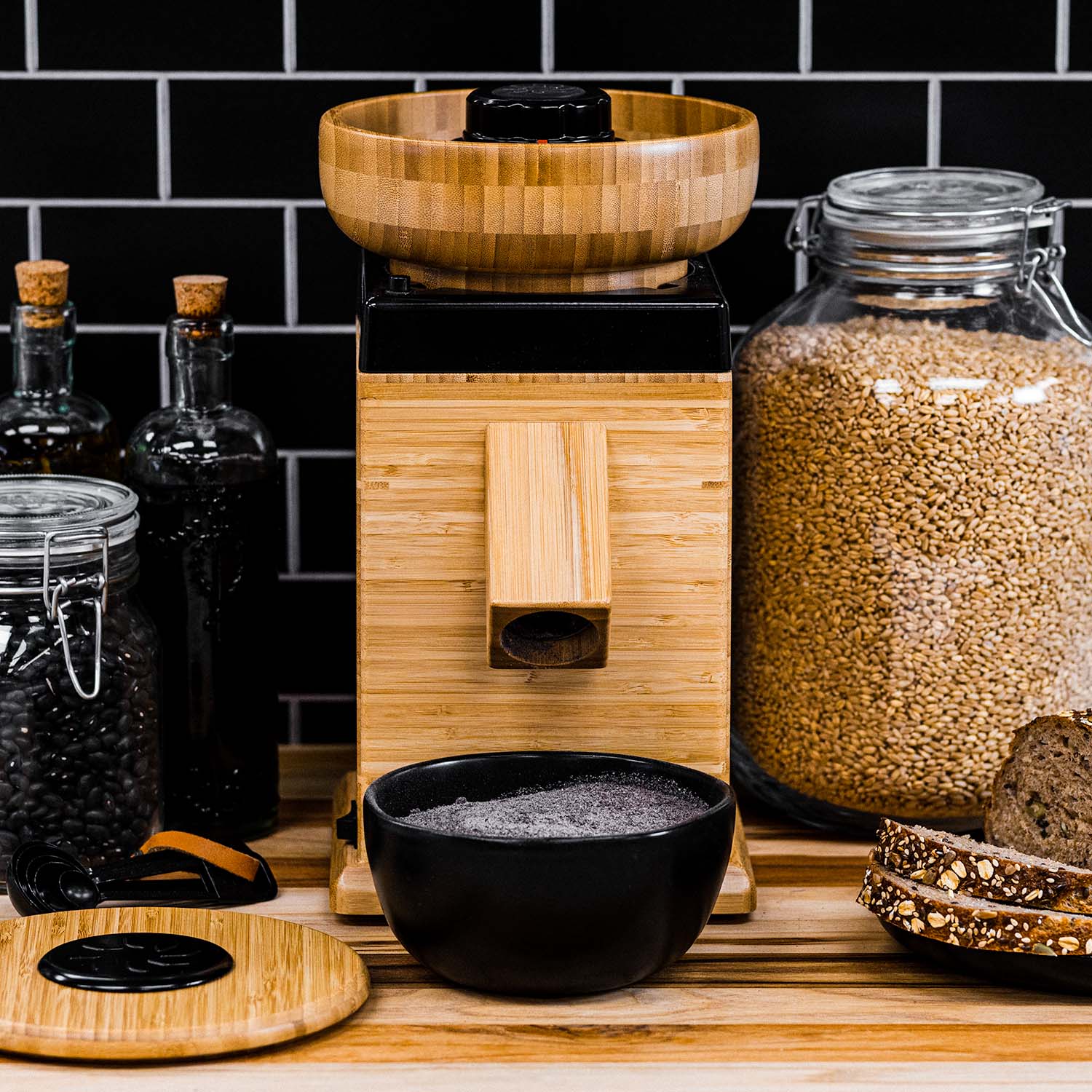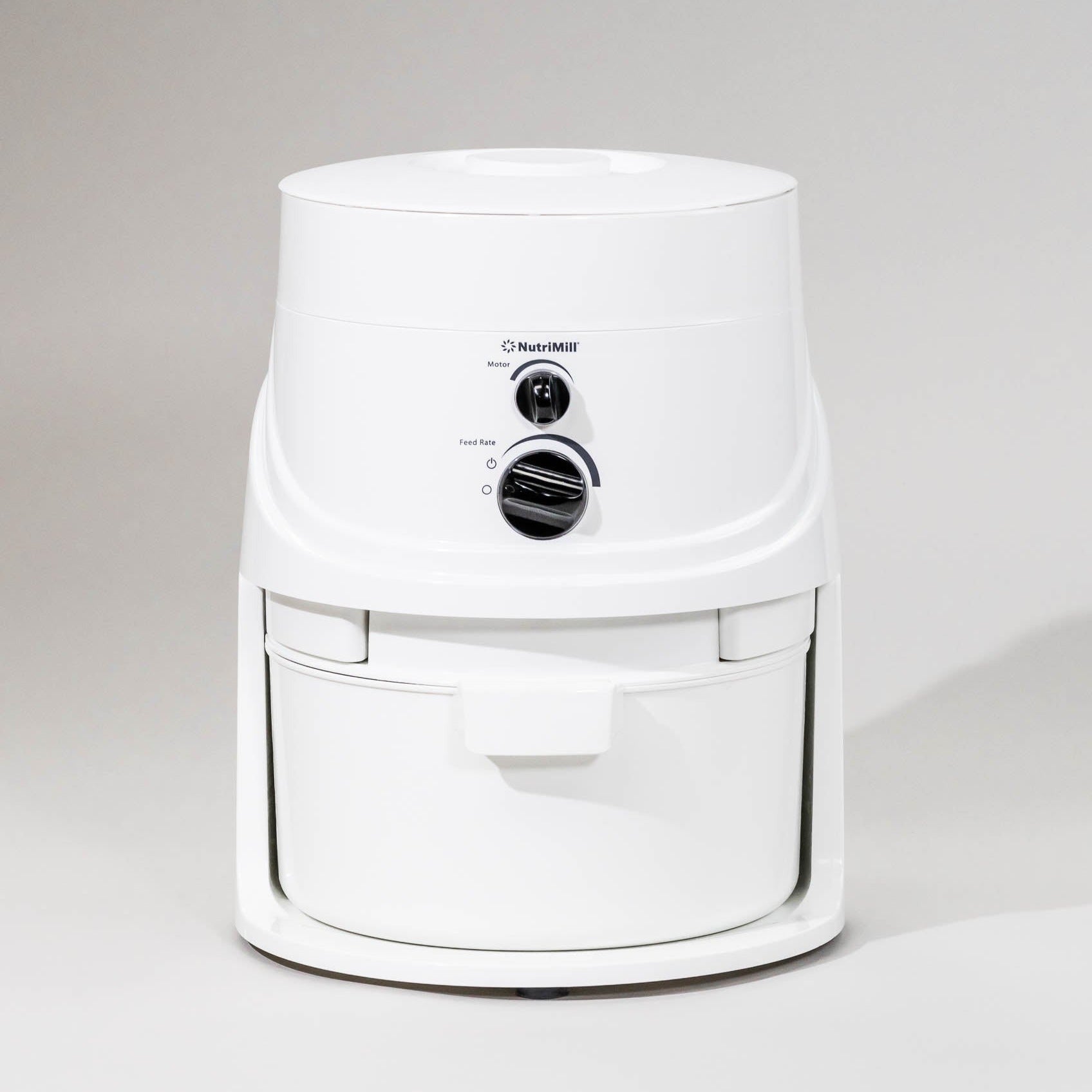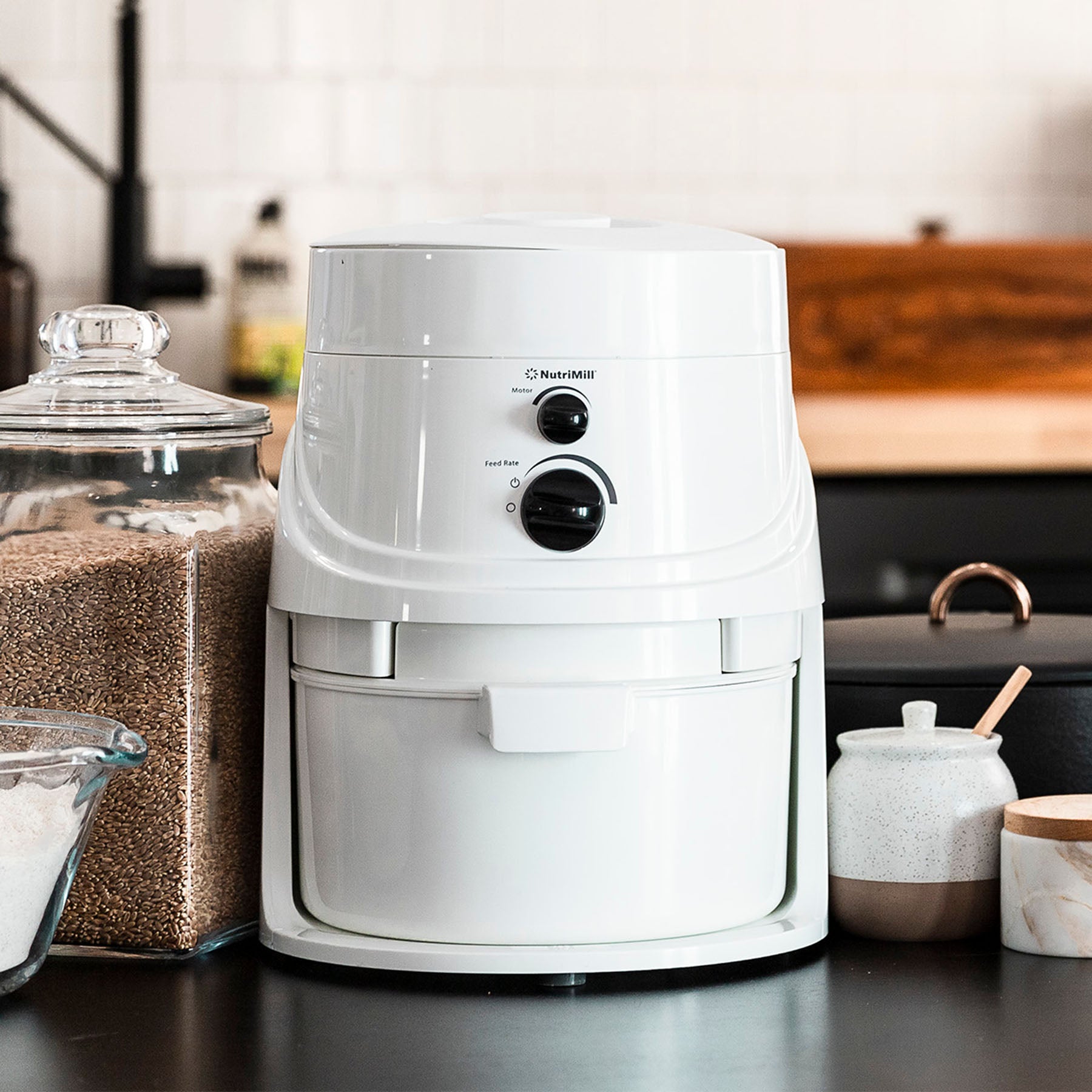Bread has been a dietary staple for centuries, loved by many for its convenience and comforting taste. However, bread has gained a reputation for being unhealthy, leading to a number of myths surrounding its consumption. In this article, we will debunk the top five myths about bread and shed light on the health benefits of milling your own flour at home.
Myth 1: All Bread is Unhealthy
Many people believe that all bread is unhealthy, but this is far from the truth. In fact, bread can be a nutritious addition to a balanced diet. Whole grain bread, in particular, is rich in fiber, vitamins, and minerals that support good health.
The Truth About Whole Grains
Whole grains are the foundation of healthy bread. Unlike refined grains, whole grains contain the entire kernel of the grain, including the bran and germ. This means they are packed with fiber, vitamins, and minerals that support good health. A diet rich in whole grains has been linked to a lower risk of heart disease, diabetes, and some cancers. So, when it comes to bread, whole grain is the way to go.
But what exactly is fiber, and why is it so important? Fiber is a type of carbohydrate that the body can't digest. It passes through the digestive system largely intact, providing bulk and helping to keep things moving smoothly. In addition to promoting healthy digestion, fiber has been linked to a lower risk of heart disease, stroke, and type 2 diabetes. So, when you choose whole grain bread, you're not only getting a delicious and satisfying food, but you're also doing your body a favor.
The Nutritional Benefits of Bread
Bread is a good source of carbohydrates, which provide the body with energy. Additionally, it is packed with nutrients like calcium, iron, and B vitamins. These nutrients are essential for good health and can help prevent nutritional deficiencies.
Calcium, for example, is important for building strong bones and teeth. Iron is needed to make hemoglobin, a protein in red blood cells that carries oxygen throughout the body. And B vitamins, including thiamin, riboflavin, and niacin, help convert food into energy and support the nervous system.
So, the next time you're tempted to swear off bread altogether, remember that not all bread is created equal. Choose whole grain bread for its nutritional benefits, and enjoy it as part of a balanced diet.
Myth 2: Homemade Bread is Time-Consuming and Difficult
Many people shy away from baking bread at home thinking it is too time-consuming and difficult. However, with the right recipe and some practice, baking bread at home can be easy and convenient.
Baking bread at home can be a fun and rewarding experience. Not only do you get the satisfaction of creating something from scratch, but you also get to enjoy the delicious aroma of freshly baked bread filling your home.
Simple Bread Recipes for Beginners
There are a number of simple bread recipes out there that are perfect for beginners. No-knead bread, for example, is easy to make and requires very little hands-on time. All you need is flour, yeast, salt, and water. Simply mix the ingredients together, let the dough rise overnight, and bake the next day. It's that easy!
Another easy bread recipe for beginners is Irish soda bread. This bread does not require yeast, so there is no need to wait for the dough to rise. Instead, baking soda and buttermilk are used to create a chemical reaction that causes the bread to rise. The result is a delicious, crusty bread that is perfect for sandwiches or toast.
The Convenience of Bread Machines
If you are short on time, a bread machine can be a convenient way to bake bread at home. Simply add the ingredients to the machine and let it do the work for you. There are a number of bread machine recipes available online, so you can find the perfect recipe to suit your taste.
Bread machines are also great for experimenting with different types of bread. You can try making whole wheat bread, rye bread, or even gluten-free bread in your bread machine. The possibilities are endless!
One of the benefits of using a bread machine is that it takes care of the kneading and rising of the dough for you. This means that you can spend your time doing other things while your bread is baking. You can even set the timer on your bread machine so that your bread is ready when you wake up in the morning or when you come home from work.
Overall, baking bread at home can be a fun and rewarding experience. Whether you choose to make bread by hand or use a bread machine, the end result is always worth the effort. So why not give it a try and see for yourself how easy and convenient it can be?
Myth 3: Milling Your Own Flour is Expensive
Many people believe that milling your own flour is expensive, but this is not necessarily the case. While there are some upfront costs involved in purchasing a grain mill, in the long run, milling your own flour can be more cost-effective than buying store-bought flour.
Not only is milling your own flour cost-effective, but it also allows you to have more control over the quality of your flour. When you purchase store-bought flour, you may not know exactly where the wheat was sourced from or how it was processed. By milling your own flour, you can choose the type of wheat you want to use and ensure that it is of the highest quality.
The Cost of Store-Bought vs. Homemade Flour
Store-bought flour can be expensive, especially if you opt for organic or specialty flours. However, if you mill your own flour at home, you can save money in the long run. While the upfront cost of a grain mill may seem high, over time, you will save money on flour and have the satisfaction of knowing exactly what is in your bread.
In addition, when you mill your own flour, you can use the whole grain, which is more nutritious than processed flour. Store-bought flour often has the bran and germ removed, which removes important nutrients and fiber from the flour. By milling your own flour, you can ensure that you are getting the full nutritional benefits of the grain.
Investing in a Quality Grain Mill
Investing in a quality grain mill is key to milling your own flour at home. A good grain mill will grind the grains into flour quickly and efficiently, producing a fine, consistent texture. Some grain mills even have settings that allow you to adjust the coarseness of the flour, giving you even more control over the final product.
When choosing a grain mill, it is important to consider factors such as durability, ease of use, and maintenance. Look for a mill that is made from high-quality materials and has a good warranty. It is also important to choose a mill that is easy to clean and maintain, as this will ensure that your mill lasts for many years.
In conclusion, while there are some upfront costs involved in milling your own flour, it can be a cost-effective and rewarding process in the long run. By investing in a quality grain mill and using high-quality grains, you can ensure that you are getting the best possible flour for your baking needs.
Myth 4: Gluten-Free Bread is Always Healthier
Many people believe that gluten-free bread is always healthier than traditional bread, but this is not necessarily the case. While gluten-free bread may be necessary for those with celiac disease or gluten sensitivity, it is not always a healthier option for others.
Understanding Gluten Sensitivity and Celiac Disease
Gluten sensitivity and celiac disease are both conditions that cause the body to react negatively to gluten. Those with celiac disease must avoid gluten entirely, as even small amounts can trigger an immune system response. However, for those without these conditions, gluten is not harmful and can provide important nutrients.
It is important to note that gluten-free bread is often made with refined grains, which means it may not contain as many nutrients as traditional bread made with whole grains. Additionally, many gluten-free breads contain added sugars and preservatives to improve the taste and texture, which can make them less healthy than traditional bread.
Nutritious Gluten-Free Alternatives
If you do need to avoid gluten, there are many nutritious gluten-free alternatives available. Quinoa, buckwheat, and rice flour are all healthy alternatives that can be used in bread baking. These flours are higher in protein and fiber than traditional wheat flour, which can help you feel fuller for longer and provide sustained energy throughout the day.
It is also important to note that many fruits and vegetables are naturally gluten-free and can be incorporated into your diet to provide important nutrients. Sweet potatoes, leafy greens, and berries are all excellent sources of vitamins and minerals that can help support a healthy immune system.
In conclusion, while gluten-free bread may be necessary for those with celiac disease or gluten sensitivity, it is not always a healthier option for others. It is important to choose nutritious gluten-free alternatives and incorporate a variety of fruits and vegetables into your diet to support overall health and well-being.
Myth 5: Bread Causes Weight Gain
Many people believe that bread causes weight gain, but this is not entirely true. While it is true that consuming too much bread can lead to weight gain, it is important to understand that bread can be part of a healthy, balanced diet. In fact, bread is an important source of carbohydrates, which provide energy for the body.
The Role of Portion Control and Balanced Diets
Portion control is key when it comes to consuming bread. One serving of bread is typically one slice, and it is recommended that individuals consume no more than six to eight servings of grains per day. This includes not only bread, but also pasta, rice, and other grains.
In addition to portion control, it is important to balance bread consumption with other healthy foods. This includes fruits, vegetables, lean proteins, and healthy fats. A balanced diet that includes a variety of foods is essential for overall health and well-being.
Incorporating Bread into a Healthy Lifestyle
If you love bread, there's no need to cut it out of your diet entirely. Instead, focus on incorporating it into a healthy lifestyle. Choose whole grain bread, which is higher in fiber and more nutrient-dense than white bread. Fiber helps to keep you feeling full, which can help with weight management.
Another way to incorporate bread into a healthy lifestyle is to use it as a vehicle for other nutritious foods. For example, use whole grain bread to make a sandwich filled with lean protein, such as turkey or grilled chicken, and plenty of vegetables, such as lettuce, tomato, and avocado. This provides a balanced meal that is both satisfying and nutritious.
In conclusion, bread can be part of a healthy, balanced diet when consumed in moderation and balanced with other nutritious foods. By choosing whole grain bread, controlling portion sizes, and incorporating bread into meals with other healthy foods, you can enjoy bread without worrying about weight gain.
Conclusion
Bread is often unfairly demonized, leading to many myths about its healthfulness. While some types of bread may be unhealthy, others can be quite nutritious. By milling your own flour at home, you can ensure that your bread is made from whole grains and is free of additives and preservatives. So, don't be afraid to bake your own bread at home and enjoy its many health benefits!
